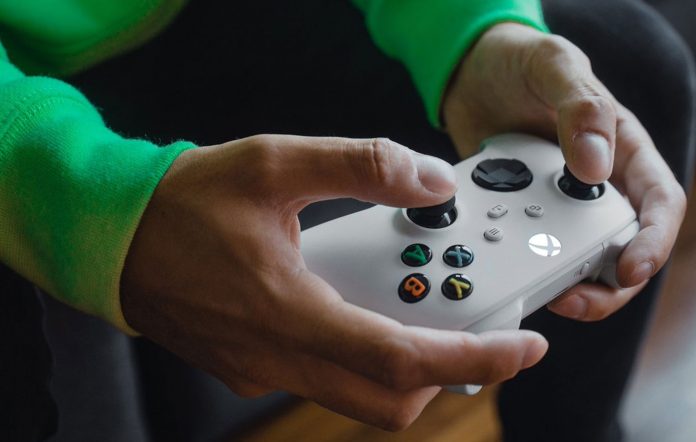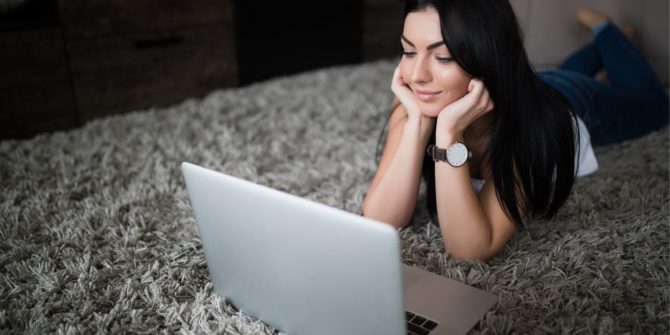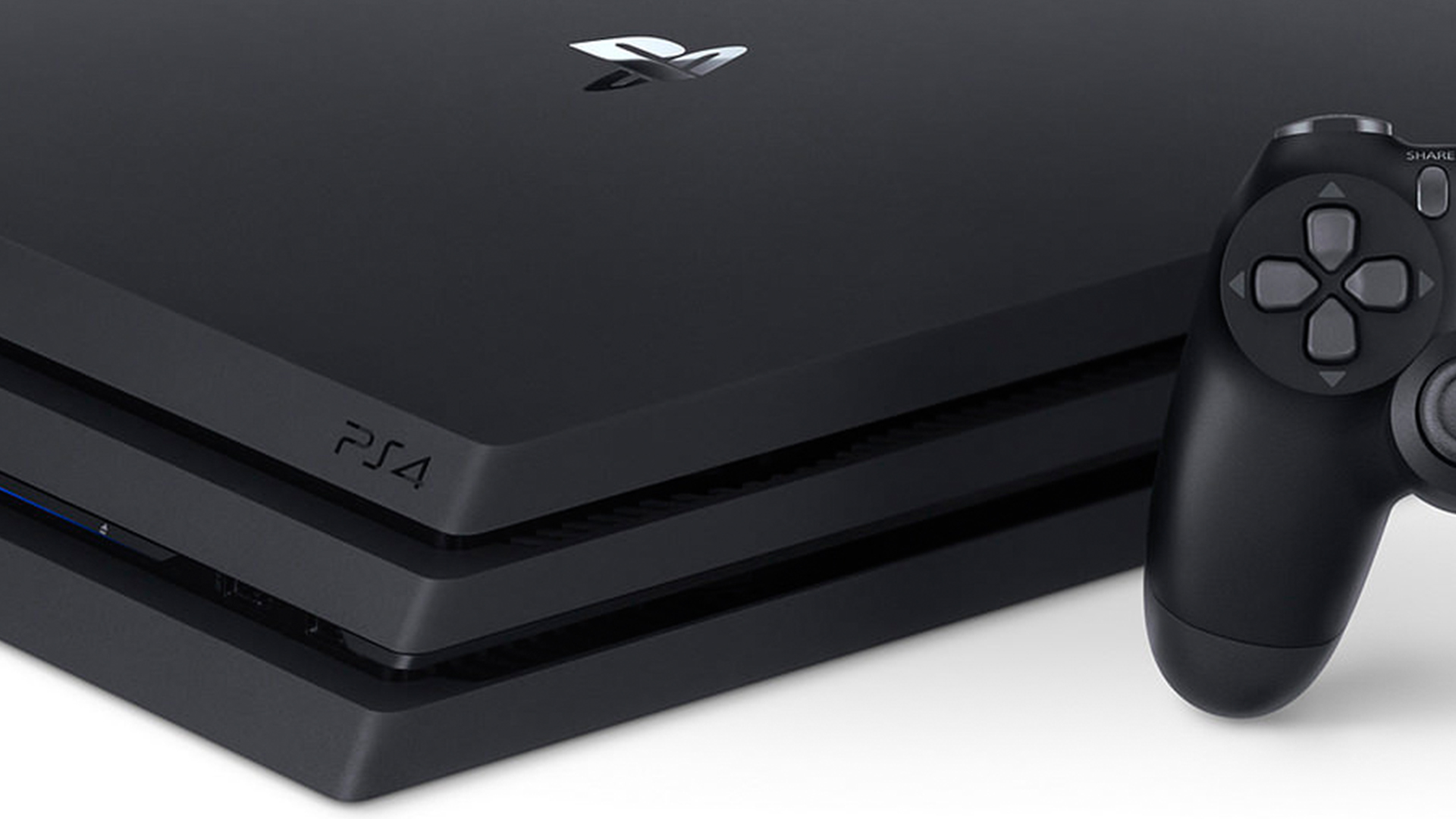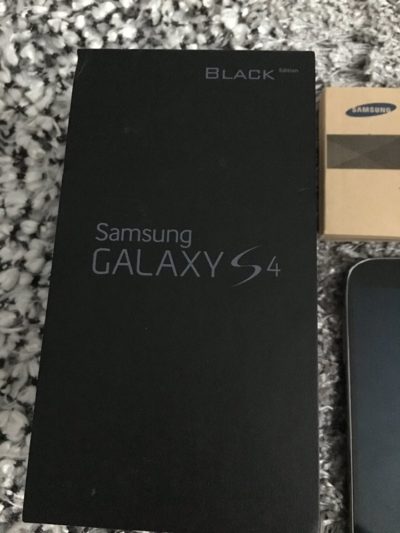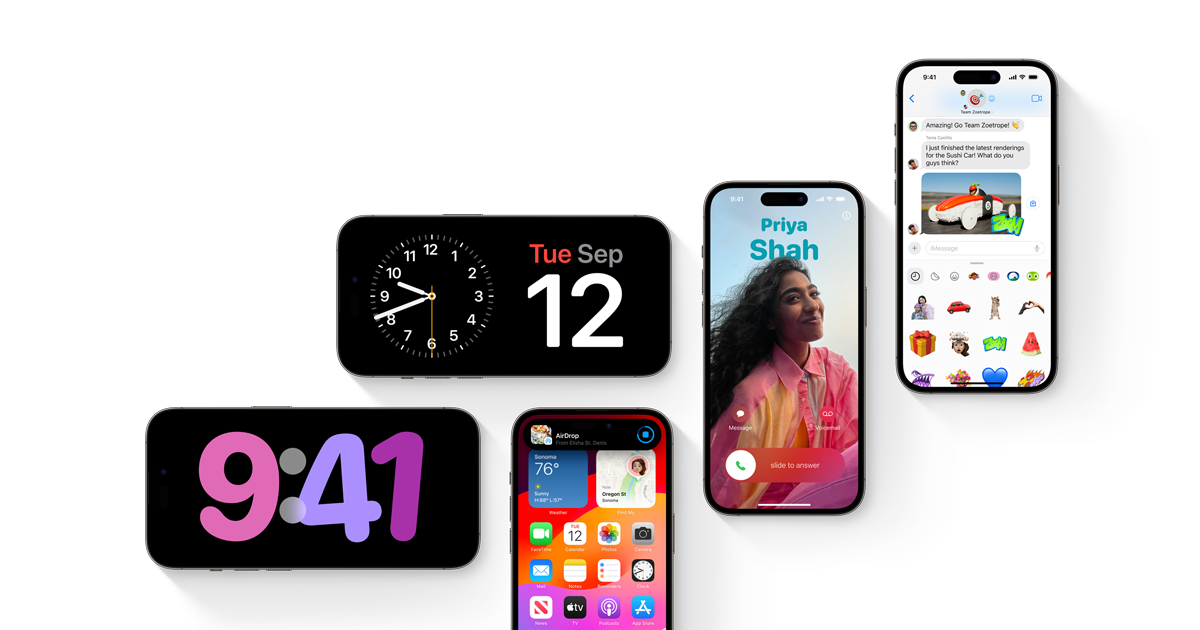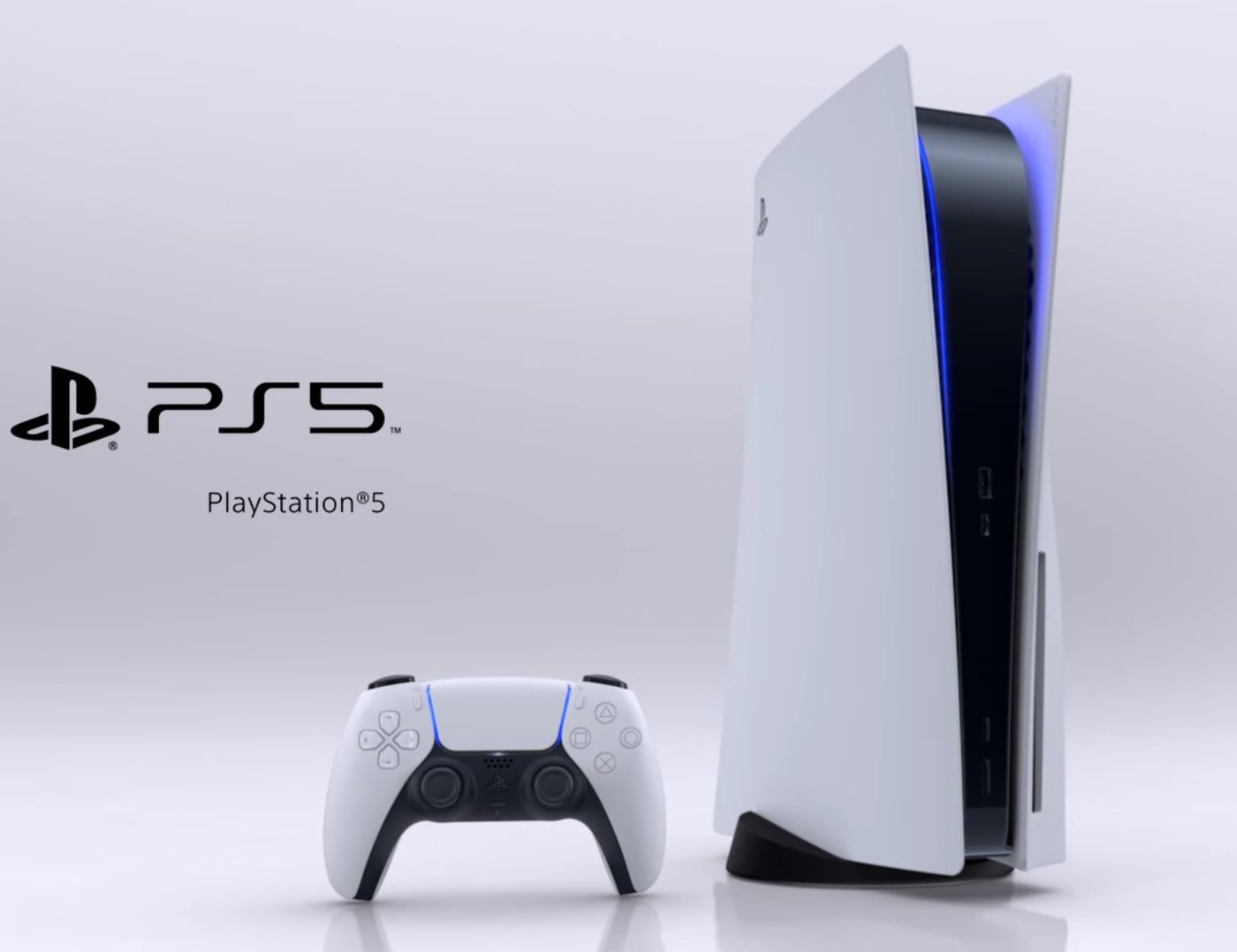Are you experiencing issues with your Xbox One connecting to WiFi? Don’t worry, you’re not alone. Many Xbox users encounter difficulties when trying to connect their console to a wireless network. Fortunately, there are several troubleshooting steps you can take to address this problem. In this comprehensive guide, we will explore various solutions to help you resolve the issue and get your Xbox One connected to WiFi.
Rerun the Network Connection Test
If your Xbox won’t connect to WiFi, it’s essential to determine the specific error message you’re receiving. To do this, follow these steps:
- Open the Guide by pressing the Guide button on your controller.
- Select Settings and click on All Settings.
- Go to Network and select Network settings.
- Choose Test network connection on the right side of the Network settings screen.
If the test is successful, your console will connect to Xbox Live. If not, the Network Connection Troubleshooter will attempt to identify the problem. This step will help you pinpoint the underlying issue and proceed with the appropriate solution.
Power Cycle Your Console and Network Hardware
Power cycling your console and network hardware can often resolve connectivity issues. Follow these steps:
- Unplug the power cable from the back of your router, modem, or gateway, and wait for a few minutes.
- If you have both a router and a modem, unplug their power cables.
- Restart your Xbox One console:
- Press the Xbox button to open the guide.
- Go to Settings and click on Restart console.
- Select Yes to confirm.
- If you can’t access the guide or if the console seems frozen, press and hold the Xbox button on the console for 10 seconds until it turns off. Then, press the Xbox button again to restart.
Plug in the modem or gateway first and wait for all the lights to return to their normal state.
Plug in the router and wait for all the lights to return to their normal state.
Test your Xbox Live connection. If successful, your console will connect to Xbox Live.
If prompted, update your console software by selecting Yes. Power cycling often resolves temporary glitches and restores network connectivity.
Disconnect Third-Party Headsets
Sometimes, third-party headsets can interfere with WiFi connectivity. These headsets broadcast on the same frequency as wireless routers, causing active interference. Follow these steps to identify the problematic headset:
- Disconnect the power from your wireless headset.
- Test your Xbox Live connection. If successful, your console will connect to Xbox Live.
If disconnecting the third-party headset resolves the issue, consider using a different headset or contacting the manufacturer for further assistance.
Verify the SSID
Ensure that your console is connecting to the correct SSID (Service Set Identifier), which identifies your wireless network. Follow these steps:
- Verify the SSID on your router settings using a computer that is already connected to the network:
- Click Start, select Control Panel, and open Network and Internet.
- Click Network and Sharing Center, then Manage Wireless Networks.
- Right-click on the name of your wireless network and select Properties.
- Click the Security tab and check the Show characters checkbox to view the password.
- Test your Xbox Live connection after confirming the correct SSID. If this solution works, your console will connect to Xbox Live.
If the SSID verification doesn’t resolve the issue, you may need to test your console in an alternate location or investigate router connectivity issues.
Confirm the WiFi Password
Make sure you have the correct password for your wireless network. Follow these steps to confirm the password using a Windows 10 computer already connected to the network:
- Click Start and select Control Panel.
- Open Network and Internet, then click Network and Sharing Center.
- Choose Manage Wireless Networks.
- Right-click on the name of your wireless network and select Properties.
- Click the Security tab and check the Show characters checkbox to view the password.
- Once you have verified the correct password, test your Xbox Live connection again.
If the option to Show Characters is unavailable, ensure you are logged in with the Administrator account on the computer.
Check for Wireless Interference
Wireless interference can disrupt your WiFi connection. There are two types of interference: active and passive. Active interference occurs when electronic devices broadcast wireless signals or cause electromagnetic interference. Passive interference occurs when a wireless signal passes through objects, weakening the signal. Follow these steps to minimize interference:
- Remove devices that can cause active interference, such as microwaves, air conditioners, ovens, CRT televisions, baby monitors, cordless phones, and wireless speakers.
- Place your console and router in a configuration that maximizes line-of-sight and minimizes obstacles between them.
- Consider the materials between your console and router: glass, lead, copper piping, concrete, insulation, mirrors, gun safes, filing cabinets, tile, and plaster can all degrade the wireless signal.
- Test your Xbox Live connection after minimizing interference.
Removing devices that cause active interference and optimizing the line-of-sight configuration can significantly improve WiFi connectivity.
Check for MAC Filtering
MAC filtering is a feature in wireless routers that prevents unauthorized network access. However, it can also prevent your console from connecting to Xbox Live. Follow these steps to address MAC filtering:
Get your console’s MAC address:
- On your Xbox Home, navigate to the left until you reach Pins.
- Select Settings, then open Network and click on Advanced Settings.
- Write down your Wireless MAC address.
Add your console’s MAC address to your router’s authorized list or temporarily disable MAC filtering to test connectivity.
To change MAC filtering settings on your router, refer to the router documentation or the manufacturer’s website.
Restart your router after changing MAC filtering settings.
Test your Xbox Live connection after adjusting MAC filtering.
Adding your console’s MAC address to the authorized list or disabling MAC filtering can resolve connection issues related to this feature.
Change the Wireless Channel
Wireless routers can broadcast on different channels, and overlapping channels can cause signal interference. Follow these steps to change the wireless channel:
- Access your router’s settings using a computer connected to the network.
- Locate the channel settings and choose a different channel with less interference.
- Save the changes and restart your router.
- Test your Xbox Live connection after changing the wireless channel.
Changing the wireless channel can significantly improve WiFi signal strength and reduce interference.
Check the Wireless Channel Width
Wireless routers can also broadcast on different channel widths, typically 20 MHz or 40 MHz. The Xbox One console prefers a 20 MHz setting. Follow these steps to ensure the correct channel width:
- Access your router’s settings using a computer connected to the network.
- Verify that your router is configured to broadcast on a 20 MHz channel width.
- Test your Xbox Live connection after confirming the channel width setting.
Ensuring your router is set to a 20 MHz channel width can help resolve connectivity issues.
Check for Low Wireless Signal
A weak wireless signal can hinder your Xbox’s ability to connect to WiFi. Follow these steps to check your wireless signal strength:
- Open the Guide by pressing the Guide button on your controller.
- Select Settings and click on All Settings.
- Go to Network and choose Network settings.
- Select Detailed network statistics.
- Your wireless signal strength will be indicated as a percentage.
- If the signal strength is below 20%, it is considered low and may cause connectivity issues.
- Consider using a wired connection or moving your console closer to the router to improve signal strength.
- Test your Xbox Live connection after optimizing signal strength.
Boosting your wireless signal strength can enhance your connectivity and reduce the likelihood of connection issues.
Test Your Connection in Another Location
If all else fails, it may be beneficial to test your console’s connection in a different location. This step helps determine whether the issue lies with your network or your console. Follow these steps to perform the test:
- Disconnect your Xbox console and all associated accessories.
- Move to an alternate location with a different network.
- Reconnect your console and accessories at the new location.
- Restart your console and test your Xbox Live connection on the alternate network.
If your console connects successfully in a different location, it may be worth considering router replacement or addressing network-related issues.
Seek Professional Repair
If your Xbox still won’t connect to WiFi after implementing the above solutions, there may be an issue with the internal wireless adapter or a hardware problem. In such cases, it is recommended to seek professional repair. You can submit an online repair request at the Xbox Online Service Center to initiate the repair process.
Conclusion
Remember, troubleshooting steps can vary depending on the specific issue you’re facing. By following these solutions, you can increase your chances of resolving the problem and enjoying uninterrupted connectivity on your Xbox One.
If you found this guide helpful or have any additional questions or suggestions, please leave a comment below. We are here to assist you on your tech journey.



